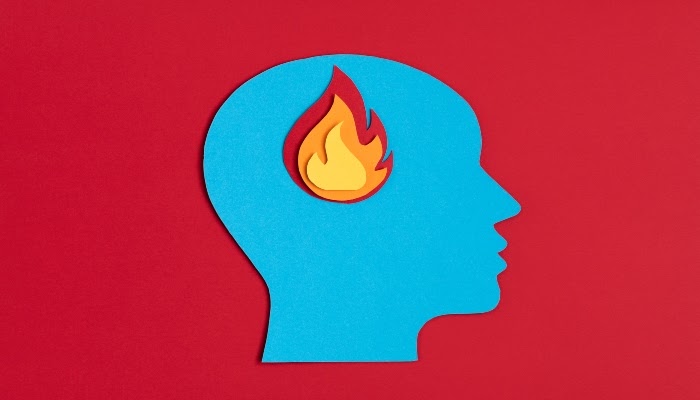When most people think about workplace hazards, they think of electrical hazards, fire risks, chemical exposure, slips and falls, and falling objects. You may even think of injuries caused by repetitive motions or workplace bullying and harassment. What you may not stop to consider as a workplace hazard is workplace burnout.
However, workplace burnout and its impacts on the health and safety of workers are all too real. Since the COVID-19 outbreak was declared a global pandemic in January 2020, we’ve been impacted by its disruption. The pandemic has completely altered how we live and work, affecting our mental health. The months are turning into years, and for many, the stress has taken a toll on us emotionally, physically, and mentally. And before we knew it, we may have gradually reached a state of burnout.
Burnout can lead to reduced performance and productivity. We can feel detached, demotivated, and tired. A low mood can impact our ability to think creatively or concentrate. And when we lack the motivation and focus, we may be putting ourselves and others at risk. Therefore, the emotional, mental, and physical symptoms of burnout can be considered a workplace hazard. Here are things to consider:
Occupational Driving
Changing road conditions require drivers to stay alert to prevent accidents and fatalities. Burnout can impact our ability to stay focused and remain vigilant. The lack of concentration can become hazardous for those who drive for work, leading them to conduct themselves differently and dangerously behind the wheel.
Lost Time
Depression and anxiety are common symptoms of burnout. When you are depressed or have feelings of anxiety, you may feel listless and unmotivated – resulting in lost time and reduced productivity.
Heavy Equipment Operations
Impaired cognitive functioning is associated with burned-out individuals. Operating heavy equipment requires focus and alertness; without it, the operator may fail to react to a hazard or misuse the equipment that puts others in danger.
Preventing Burnout from Impacting Workplace Health and Safety
Here are ways to prevent burnout from negatively affecting workplace health and safety:
Look for physical signs of burnout
- - Frequent illness
- - Appetite changes
- - Chronic muscle pain
- - Headaches
- - Lowered immunity
Look for mental signs of burnout
- - Loss of motivation
- - Depression
- - Anxiety
- - Feeling pessimistic
- - Negative thoughts
- - Decreased satisfaction
- - Feeling a sense of failure
- - Loneliness
Look for behavioral signs of burnout
- - Skipping work
- - Procrastinating
- - Disengaging from usual activities
- - Isolating yourself
- - Coping with emotions by misusing substances
- - Avoiding socializing with others
- - Ignoring responsibilities
Beyond looking for signs and symptoms of burnout in yourself, pay attention to your colleagues. Don’t let burnout become a neglected hazard in your workplace. Talk to employees regularly. Give workers a safe environment where they can share their emotions and concerns and de-stigmatize mental health issues by offering training and support.




